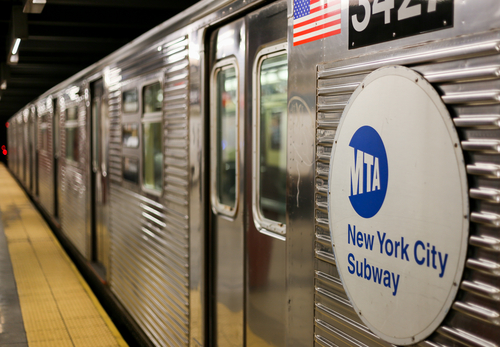
New York’s Metropolitan Transportation Authority (MTA) adopted its 2021 budget, along with its financial plan for 2021-2024, on Wednesday with the hopes that Washington will provide some $4.5 billion in federal aid.
Without the aid, the transportation agency said it will have to reduce service. But that service reduction would cost jobs, MTA said, and would put on hold the agency’s $51.5 billion capital plan – an economic engine for New York and the nation.
Additionally, the agency said that it would face an $8 billion deficit between 2022 and 2024. Even if the federal government comes through with the $4.5 billion MTA needs, the agency said, that money will only help balance the 2021 budget. The agency said it is prepared to make whatever adjustments are necessary, depending on the amount of federal aid it gets.
“We are closely monitoring events in Washington and will revise the budget and prepare necessary actions, depending on what our federal leaders deliver,” said MTA Chairman and CEO Patrick J. Foye. “Congress should stay in session until passing a COVID relief bill that includes funding for public transportation. The MTA continues to face a once-in-100-year fiscal tsunami, and this is without a doubt one of the most difficult budgets in agency history, with devastating deficits projected. No one at the MTA wants to undertake these horrific cuts, and the only way to avoid them is with the $12 billion in desperately needed federal relief we have been arguing for months is needed.”
The agency said it has taken aggressive measures to cut costs internally by focusing on reducing overtime, consulting contracts, and non-personnel expense reductions. The cost-cutting is expected to save $259 million in 2020, $601 million in 2021, $498 million in 2022, $466 million in 2023, and $461 million in 2024.
Without federal assistance, the MTA said it will reduce service for New York City subways and buses by 40 percent, and reduce railroad service for the Long Island Rail Road and Metro-North Railroad by 50 percent. While the reductions will save nearly $1.3 billion, it will cost nearly 9,400 positions.